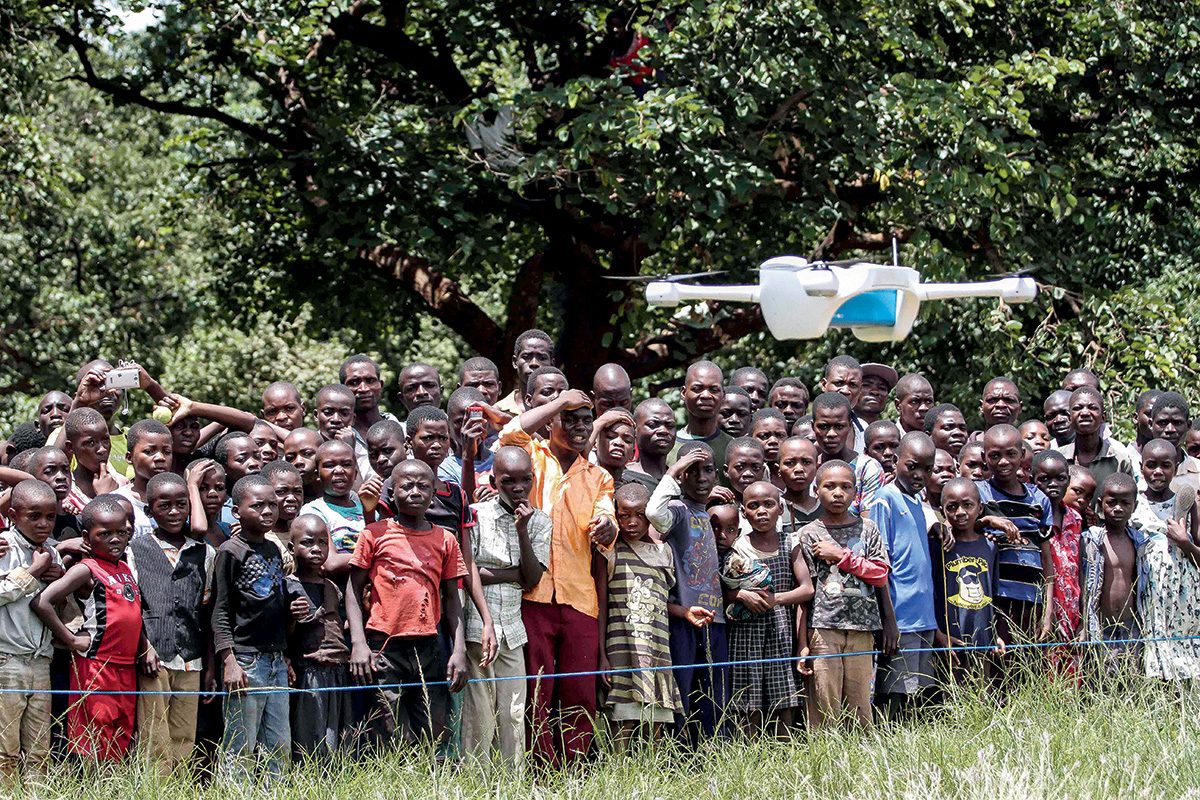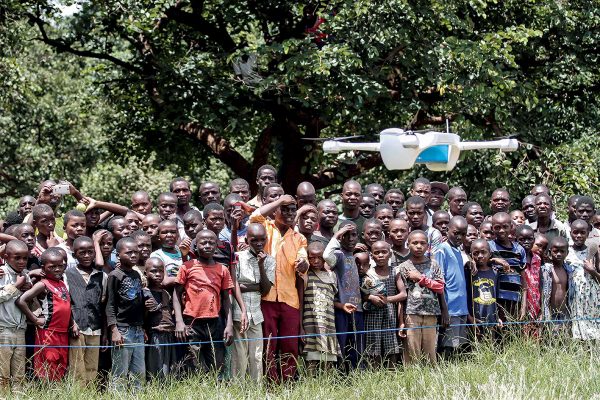
香港委員會總幹事」
創新,是要跳出舊有的框框,從而創造更大價值。對於慈善機構而言,在打破傳統的求變之路上,藉着科技的力量,加強籌款效益以及提升前綫工作的效率,是兩大重要目標。以籌款方式為例,隨着科技進步,電子支付服務大行其道,捐款的方式也應與時並進,開拓更多的電子化渠道及網上平台吸納善款。當籌款效益有所提升,便可調撥更多資源,推動前綫救援工作的科技應用,為改善全球弱勢兒童的生活帶來實際貢獻。
聯合國兒童基金會(UNICEF)利用無人機技術,在非洲啟動救人工作,加速愛滋病的診斷過程。例如在非洲的馬拉維,已開始測試使用無人機運送愛滋病測試的血液樣本的成效。無人機可取代陸路運輸,縮短等候測試結果的時間,讓更多的小朋友可以及早獲得診斷和治療,拯救更多的小生命。現時,無人機空中走廊測試已擴展至塞拉里昂及納米比亞。UNICEF全球抗愛滋運動在技術及項目上的科技應用,需要廣大民眾的捐款與支持,因此,籌款項目的創新亦應同步發展 。
網上籌款平台是發揮P2P(Peer to Peer)巨大動員能力的利器,結合社交媒體傳播訊息的速度,彈指之間大大提升群眾的參與度─由認同慈善機構工作的支持者發動籌款,透過他們在網上平台以第一身分享感受,把機構的理念化為「貼地」的故事,增強感染力,有利凝聚朋輩力量完成籌款目標,同時憑藉支持者的人際網絡,把機構的信念帶到社區每一個角落。
研發新的科技於籌款當中,需要資金、技術和人才的投放。因此,提供技術支援的企業伙伴,同樣是慈善機構的強大後盾。聯合國兒童基金香港委員會(UNICEF HK)的年度籌款盛事—聯合國兒童基金會「為兒童·跑」(Run for Every Child),今年便夥拍眾安科技(國際)集團創立的非牟利機構「眾安關懷」(ZA Care),開發全新的眾籌平台,鼓勵跑手或支持者建立個人籌款專頁,透過影片、相片和文字等多媒體資訊,分享各自的個人故事和幫助兒童的信念。新系統更設有簡易社交媒體分享功能,建立好個人籌款專頁後,只要按一個鍵,便可將專頁連結透過Facebook、Instagram、WhatsApp等分享,感染身邊親友支持他們的善舉和UNICEF HK,號召更多社會大眾以不同的角色,參與這慈善盛事。 建立一個設計簡潔、易於使用,架構完整的網上平台,是眾籌平台成功的關鍵。而自主研發的科技是眾安的強項,是次合作充分展現企業的科技優勢,商業機構如何透過自身的強項行善,實踐企業社會責任(CSR),造福社會,可謂相得益彰。
「為兒童·跑」促成創新的籌款方式,同時亦支援前綫救援工作的創新項目。UNICEF的科技發展,有賴一眾慈善家及企業的捐獻及技術支援,合作形式多樣化,日後的專欄,希望與各位分享一些UNICEF創新基金的概念及實際操作。
如欲支持「為兒童·跑」籌款盛事,請瀏覽網址︰http://bit.ly/unicefRUN_ce09



